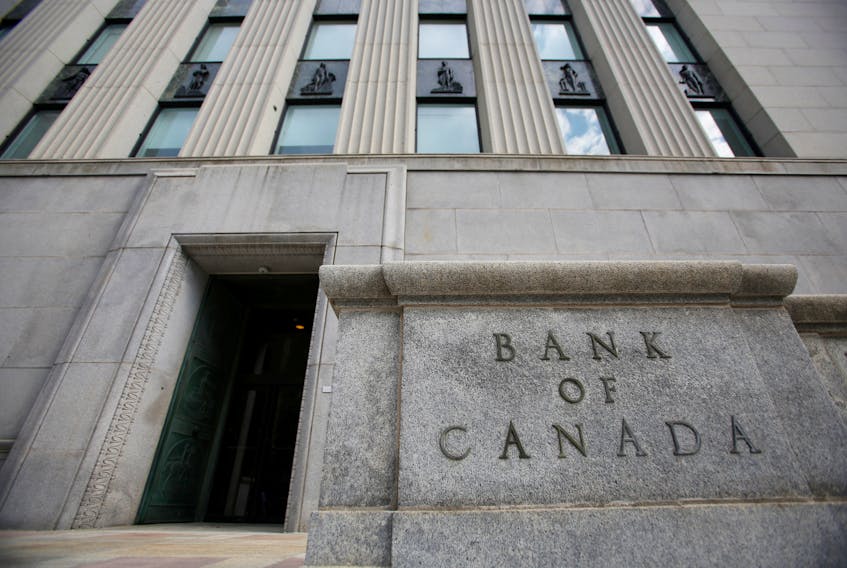
In its recent announcement, the Bank of Canada maintained the overnight rate at 5%, emphasizing its commitment to quantitative tightening. This decision comes against the backdrop of a dynamically evolving global and domestic economic landscape.
Global Economic Trends:
The global economy is experiencing a slowdown, influenced by increased policy rates and a surge in global bond yields. While the global GDP growth projections remain relatively stable, there are notable shifts in the economic performance of key players. The US economy is proving resilient, while economic activity in China is weaker than anticipated. The Euro area is experiencing a further slowdown, and inflation, although easing, remains a point of concern for central banks.
Canadian Economic Landscape:
In Canada, the impact of past interest rate hikes is evident in subdued consumption, particularly in housing, durable goods, and services. Weaker demand and increased borrowing costs are affecting business investment. The surge in the population is alleviating labor market pressures in some sectors but contributing to heightened housing demand. The labor market, although tight, exhibits signs of approaching equilibrium between supply and demand.
Economic Growth Outlook:
After a year of averaging 1% growth, the Canadian economy is expected to remain weak in the near term due to the broad impact of previous interest rate hikes and slowed foreign demand. However, a subsequent pickup is anticipated in late 2024 and through 2025, driven by household spending, stronger exports, and increased business investment. Government spending is set to play a pivotal role in contributing to growth.
Inflation Trends:
CPI inflation in Canada has shown volatility in recent months, with higher interest rates moderating inflation in credit-financed goods. However, inflation in housing costs remains elevated. Near-term inflation expectations and corporate pricing behaviour are gradually normalizing, while wages continue to grow at a rate of 4% to 5%.
Bank's Projection and Decision:
The Bank projects CPI inflation to average about 3½% through the middle of next year, gradually easing to 2% in 2025. Despite signs that monetary policy is moderating spending and alleviating price pressures, the Governing Council decided to maintain the policy rate at 5% and continue normalizing the Bank's balance sheet. The Council expresses concern about slow progress towards price stability and increased inflationary risks, indicating a readiness to raise the policy rate further if necessary.
Conclusion:
As the Bank of Canada navigates through economic challenges, its focus remains on achieving price stability for Canadians. The delicate balance between demand and supply, inflation expectations, wage growth, and corporate pricing behaviour will guide future policy decisions, reaffirming the Bank's commitment to restoring economic equilibrium.
